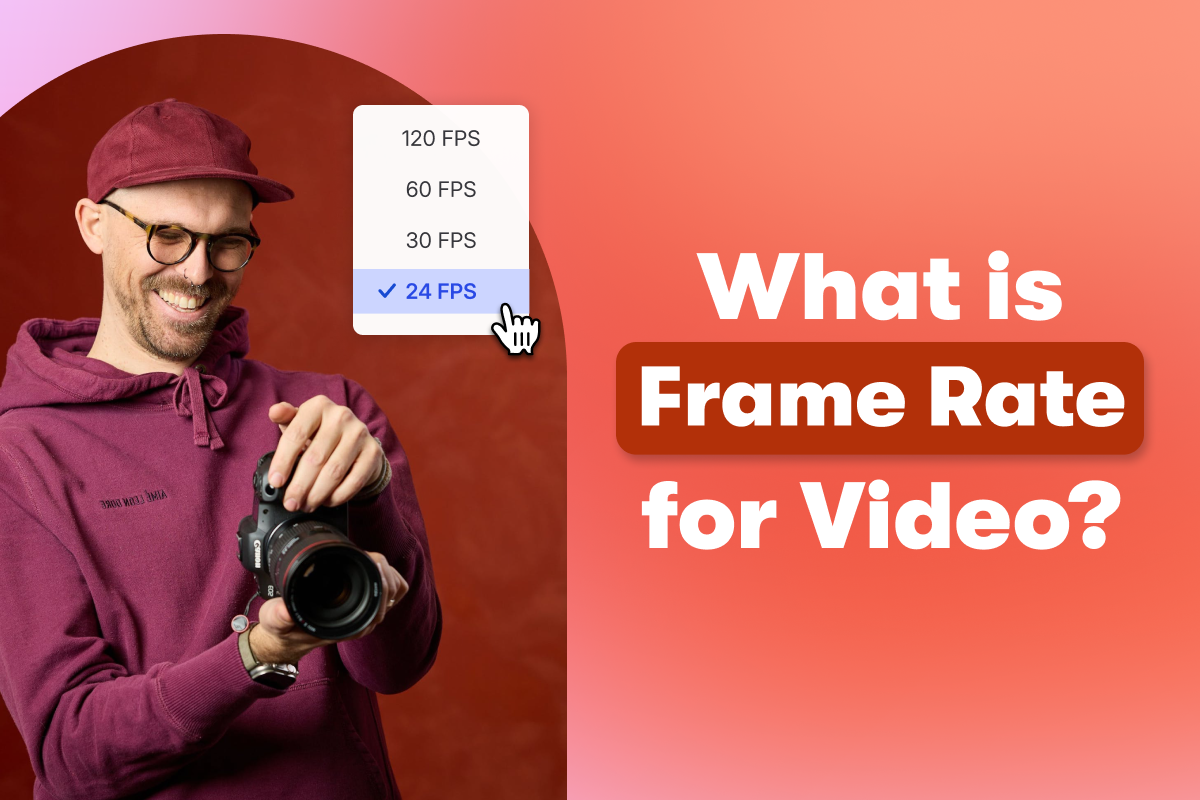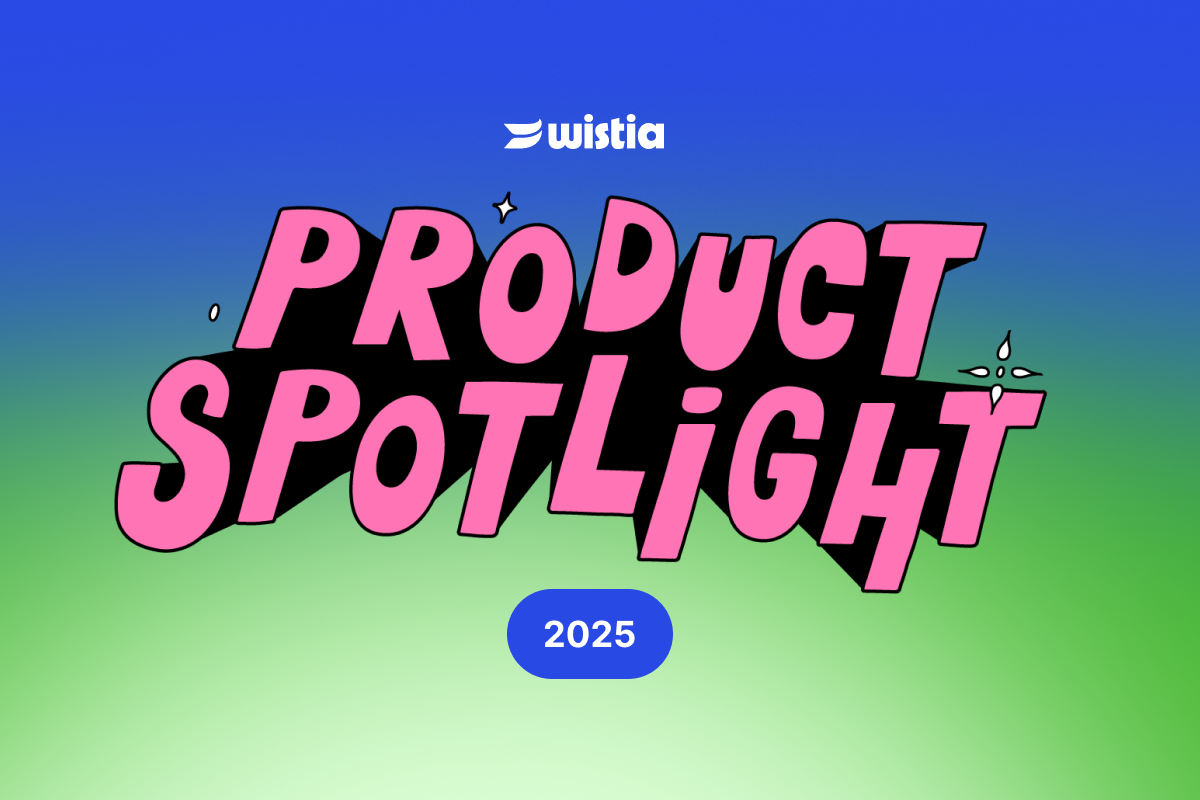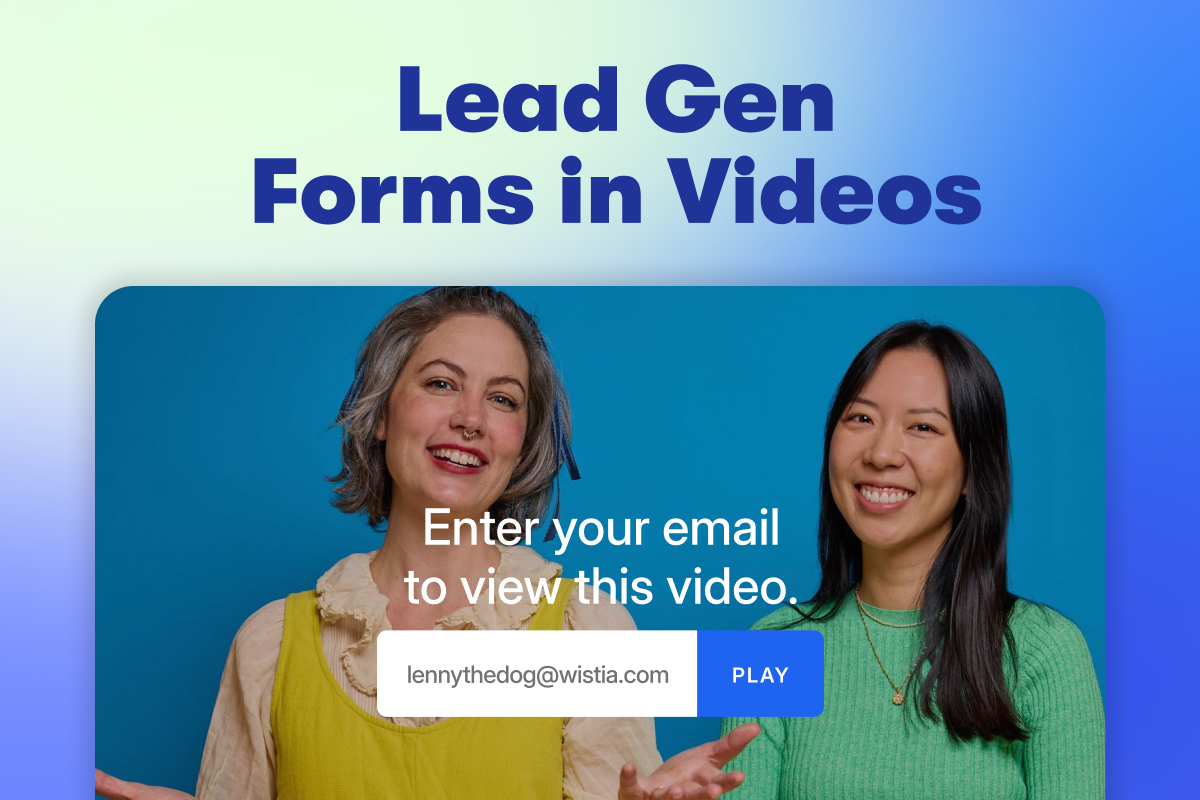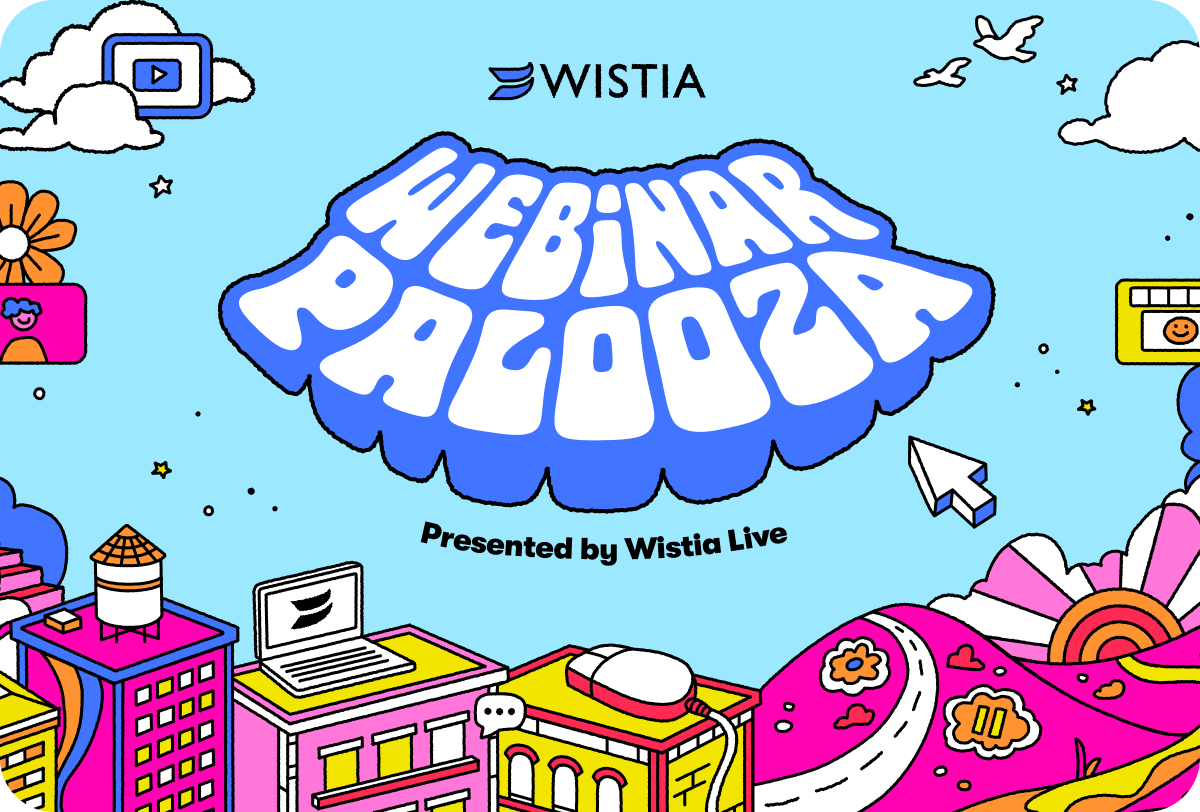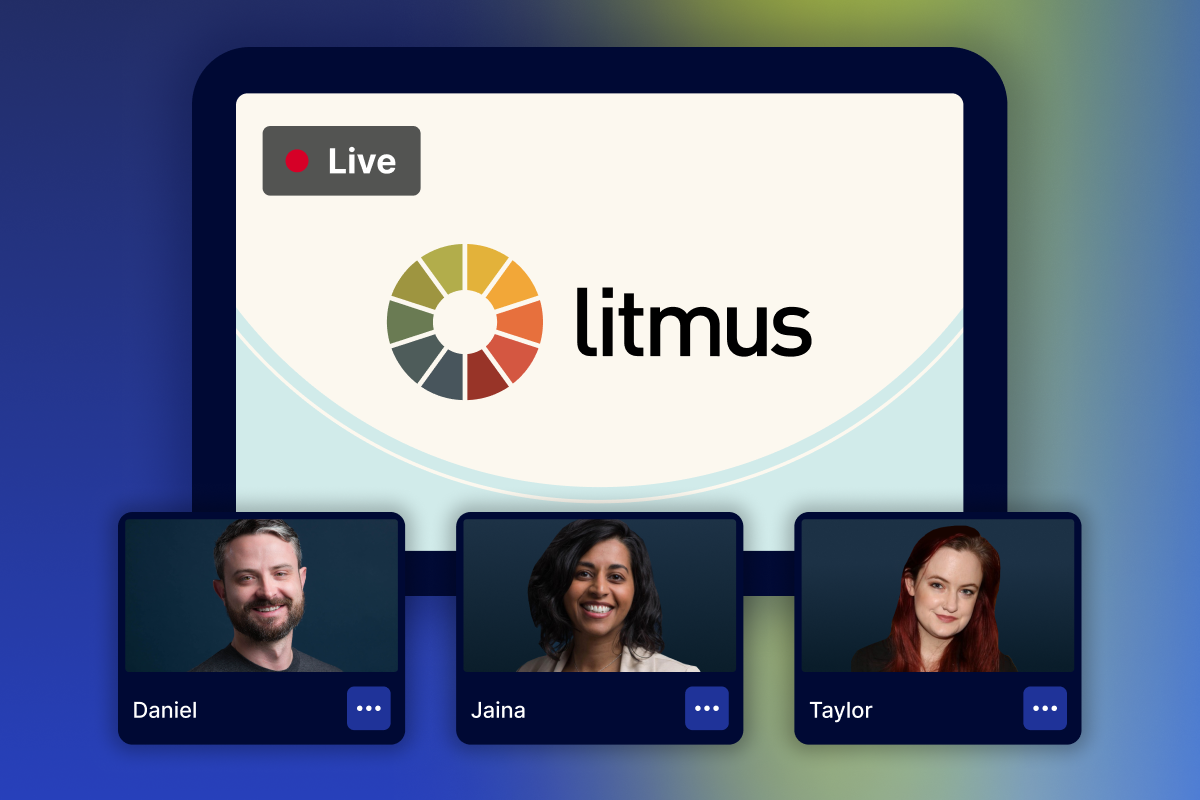The Psychology Behind Why People Dislike Ads (And How to Make Better Ones)
January 23, 2020
Topic tags
Global advertising spending reached more than $330 billion in 2019. And while companies continue to pump money into their ad campaigns, there’s still a daunting obstacle blocking its path toward success: people’s distaste for ads that are irrelevant to them and their interests.
According to HubSpot Research, 91% of people believe ads are more intrusive now compared to two or three years ago, and 79% believe they’re being tracked by retargeted ads. So, it’s not hard to imagine why people are pretty ad-averse these days. No one likes to feel like they’re just another part of some secret algorithm, another cog in the advertising wheel.
Here at Wistia, however, we actually don’t think advertising itself is the problem. It’s not that all ads stink — it’s just that the types of ads many businesses are running make people, well, cringe. We’re not suggesting you give up on ads altogether, but we are suggesting businesses rethink the kinds of ads they’re making, and ultimately, what they hope to achieve by running them.
Let’s take it from the top — why do people dislike ads?
Think about the last time you researched a product you were considering buying online. Maybe you were on the hunt for the perfect pair of rain boots and ended up spending some time checking out a nice, sleek pair on L.L. Bean’s website. Next thing you know, you’re distracted by a notification on your phone. You open up the Instagram app, scroll the feed a bit, and then see an ad pop up from who else? L.L. Bean. The boots you were just checking out only a few minutes prior are now hanging out amongst photos of your friends and cute puppies.
Chances are you’re either creeped out and annoyed by the ad or pleased to be reminded to go back and buy those beautiful boots. If we had to venture to guess, we’d say most folks fall into that first bucket.
Being followed around by a pair of shoes on the Internet for a few days is just one of the gripes people have with ads these days, but as it turns out, our aversion to ads has a lot more to do with psychology and our brain’s chemistry than one might think. As a marketer, understanding what turns people away can help you make better ads that actually engage and delight your audience in new ways. Let’s dig into the psychology behind why people hate ads so we can understand ourselves as humans a bit better!
“As a marketer, understanding what turns people away can help you make better ads that actually engage and delight your audience in new ways.”
Ads feel like an invasion of privacy
As we just mentioned, retargeting can feel downright creepy and can easily rub people the wrong way when not done with care. The truth is, as humans, we don’t like to feel like our behavior is being tracked and analyzed, even if it is common practice these days thanks to digital marketing. When it comes down to it, advertising can sometimes feel like an invasion of privacy, or in other words, an infringement on our personal space.
In fact, two neurologists at the University of Caltech discovered there’s actually a structure in our brain that’s responsible for telling us where the limits of our personal space lie, and that’s the amygdala. The more time we spend online, the more the concept of personal space is translated from the physical to the digital. People want control over their own personal boundaries in their daily lives, and these days, that includes their online presence as well.
What you can do instead:
When ads feel way too personal, they can sometimes put people off from your product or service as a whole. Save retargeting for ads that promote your best, most valuable resources instead of hoping to just get your name out there with generic display ads. Once people give you an indicator that they want to hear more from you, whether they subscribe for a newsletter or watch a few videos on your site, you can feel more confident engaging with them again in the form of an ad that speaks to something they may be interested in learning more about (which isn’t necessarily specifics surrounding your product or features).
Ads interrupt otherwise positive experiences online
Fast-loading websites and apps have conditioned us to crave instant gratification. We expect to get what we want and when we want it (which is usually, right now!). However, when surfing the web, digital ads get in the way of that goal, triggering feelings of frustration.
Can you recall a time where you were half-way through watching a video on YouTube or Facebook when a mid-roll ad pops up to just completely disrupt your experience? Yeah, we’ve all been there. Nothing’s worse than an advertisement ruining an emotional moment between you and a video of a dog being reunited with his owner.
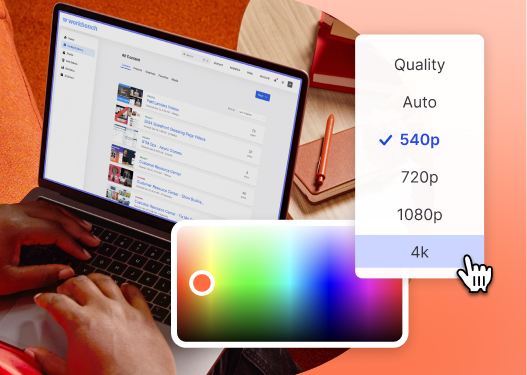
All-in-one Video Platform
Create, Edit, And Host Videos
What you can do instead:
Don’t put your audience in an immediate state of distaste for your brand with a random advertisement that adds nothing to viewers' lives (and actually, takes away from it). Instead of slamming people with ads about your product, we recommend businesses try to build trust and good-will with engaging, creatively-driven content. How can you go about doing that with ads? Well, here at Wistia we think that adopting a Brand Affinity Marketing strategy is the best way to not only get people to know about your business, but to get them to actually like your brand.
Ads that aren’t engaging, entertaining, or informative don’t resonate with modern buyers
Many brands have caught onto the fact that these days, people make purchasing decisions based on the connections they have with the businesses themselves through the stories they tell and the values they uphold. What do companies like Rothy’s, Avocado, Warby Parker, Patagonia, and Everlane all have in common? They’re devoted to their social missions, either as a core tenet of their business or just because it’s the right thing to do, and they showcase those values through compelling storytelling online.
“Many brands have caught onto the fact that these days, people make purchasing decisions based on the connections they have with the businesses themselves through the stories they tell and the values they uphold.”
Appealing to a niche audience and creating a positive emotional connection with them through storytelling is a far better use of those precious advertising dollars. Research shows that “ … positive emotions toward a brand have a far greater influence on consumer loyalty than trust and other judgments, which are based on a brand’s attributes.” Old-school display ads that encourage people to “Hurry up and buy now before it’s too late!” don’t make people feel the warm-and-fuzzies. In fact, ads that are bereft of any value, whether that’s in the form of entertainment or education, are a huge turn-off for folks who really care about the moral or ethical compass of the businesses they support.
What you can do instead:
We think businesses should lean into creative methods of storytelling through content and ads that actually create a strong emotional connection with viewers. And lucky for us marketers, creating a strong connection with your target audience (remember those Dove ads that left people in tears?) can result in tangible business benefits.
We experienced this firsthand here at Wistia with our original series, One, Ten, One Hundred. This was a docu-series we created that showcased the impact that constraints can have on creativity, and while we received a ton of qualitative love for the series, we also saw some quantitative indicators of success as well. While the average click-through rate for display ads is just 0.05%, 1.7% of the people who weren’t already in our database and watched our video series created a free Wistia account. It just goes to show that with the right creative, you can make a connection with your audience and even turn them into customers (without making them angry).
Ads have started to all look and feel the same
Every day, more and more people experience banner blindness, which is a psychological phenomenon that essentially makes certain digital ads “invisible” to web users. This isn’t a new finding by any stretch of the imagination — it’s been well documented for over 30 years — and it isn’t going anywhere anytime soon.
Ads these days tend to look and feel the same — remember how long the Tasty-style overhead shot was a novel concept? Not very long. The ads themselves are old and uninspired, and thanks to the abundance of best practices out there, they all look eerily similar. These ads are pretty boring, and it turns out us novelty-seeking human beings aren’t fans of more of the same. Novelty makes us happy, and brain research has shown that a rush of dopamine accompanies fresh experiences of any kind, so just imagine what’s happening in the brains of your audience when they see a banner ad from your competitor that looks just like yours? That’s right … not much.
“Ads these days tend to look and feel the same. The ads themselves are old and uninspired, and thanks to the abundance of best practices out there, they all look eerily similar.”
What you can do instead:
According to research conducted by HubSpot, “A majority of our respondents agree that most online ads today don’t look professional and are insulting to their intelligence.” Pretty intense, right? Respondents in this survey not only think that most ads today don’t look professional, but they also feel that obnoxious ads give people a poor opinion of the brands behind the ads themselves and the websites that allow them to be there in the first place. The moral of the story is that if you’re going to run a bunch of ad campaigns, you might want to be sure to put some real effort into actually making them look and feel high-quality.
Turning a new page for advertising
As marketers, the way we market our products and services through digital advertising has to change if we want to see success. Beyond that, the way we think about what our audience actually wants from us also needs to evolve with the times. When you combine the negative perception of ads held by most with a cluttered web, the downfall of digital advertising becomes all too clear. Now that you know the psychology behind why people don’t like ads, hopefully you can set forth down a new path that’s more beneficial for all — one that aims to provide value to viewers and treats audiences like the humans they are.
